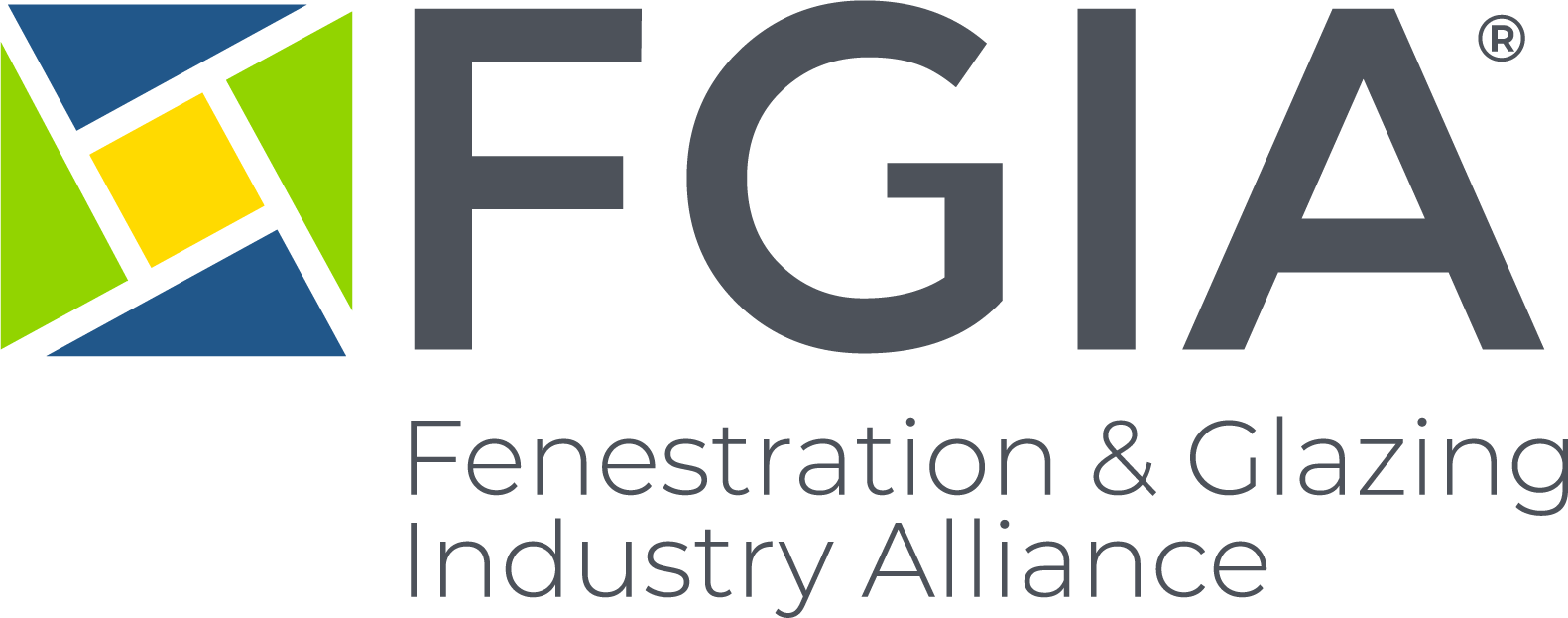Sustainability Design Expert John Peterson Shares Commercial, Residential Design Trends

The Director of Sustainable Design and Building Innovation for MacLennan Jaunkalns Miller Architects (MJMA) delivered a presentation entitled "Inspired Design Trends for Commercial and Residential Construction” at the Fenestration and Glazing Industry Alliance (FGIA) Virtual Annual Conference. In this session led by John Peterson, participants learned the latest on sustainability demands and the popular ways buildings are being designed to surpass the highest sustainability and energy-efficiency benchmarks.
Peterson began by discussing the ways in which the coronavirus pandemic has affected nearly everything, including building design. “The obvious focus is now on indoor air quality,” he said. “This allows us to rethink ventilation entirely in our buildings, bringing in more fresh air and having more operable windows.” Peterson explained that his company is seeing more and more high-rise natural ventilation needs, which means looking at more complex automation systems, hinges and closing mechanisms, and airlocks that ensure air leakage is controlled as much as possible. “Designers are moving more toward operable components,” he said.
Peterson moved on to another popular industry topic: Bird-friendly glass. “Within our cities and tall buildings made of glass, our buildings do have an impact on the bird population,” he said. “What this means in terms of design trends is, first surface coatings are becoming more prevalent. This signals to birds that [the glass] is not a clear path to fly.” Some trends Peterson has seen in the market include moving toward more corrosion- and oxidation-resistant pigments, often silver in color, sometimes acid etched. The design of the stripes can be customized in width, typically between two and four inches.
Peterson brought up the concept of “enhancing biophilia” or embracing the therapeutic effects of nature, including visual connection with nature, dynamic and diffused light and place-based relationships. “This means selective coatings, allowing for the highest degree of light to solar gain,” he said.
Passive House Principles, or Passivhaus, is a voluntary program for energy efficiency in building. It focuses on “super insulation,” as well as ensuring buildings have as much heat recovery and are as airtight a space as possible. According to Peterson, high performance framing is one way to allow for commercial glazing systems to achieve, Passivhaus-certified, non-combustible construction with a conventional curtain wall appearance. “Passivhaus is about minimizing the demand on heating and cooling,” said Peterson.
Another trend Peterson reported seeing is closed cavity facades, which take double facades and hermetically seal them so dirt cannot accumulate within. “This facade is connected into a closed ventilation system with conditioned air, allowing for ultra-high thermal performance and offering exterior shading,” he said.
A related trend is vacuum insulated glazing (VIG), an insulating glass unit (IGU) with a 0.1 to 0.3 mm vacuum gap between thin glass panes instead of air or inert gas. “This innovation has made for incredible performance gains,” he declared.
Peterson said MJMA is also hearing requests from clients for buildings to not only perform well but also generate power on site to reduce demands on electrical and gas grids. Enter the transparent photovoltaic: a glass solar panel with selective transmission and absorption or conversion.
“Embodied carbon is becoming codified in some areas; it's becoming a bit of an obsession,” said Peterson. “We can't just look at operational carbon anymore, we have to look at how we make things and how they are constructed on site.”
Some of the best ways to reduce one’s carbon in a new or renovated building is to try to understand the durability and effect of a product, Peterson urged. “Circular design suggests when you create a product, you don't just look at implementation. You look at end of life as well.” For example, he suggested, organizations like Habitat for Humanity can use products from decommissioned buildings and to design is a way that allows for future upgrades or easy deconstruction.
Finally, other trends in design include jumbo vision glass, jumbo operables, big glass and curved glass. Peterson also cited the use of many fluid forms of glass in homes. “It's interesting to see the ability of the glass industry to make these large, curved glass IGUs and their framing systems,” said Peterson. “It's making our lives as designers easier.”
For more information, visit FGIAonline.org.
Your trusted industry resource, setting the standards for fenestration and glazing.





